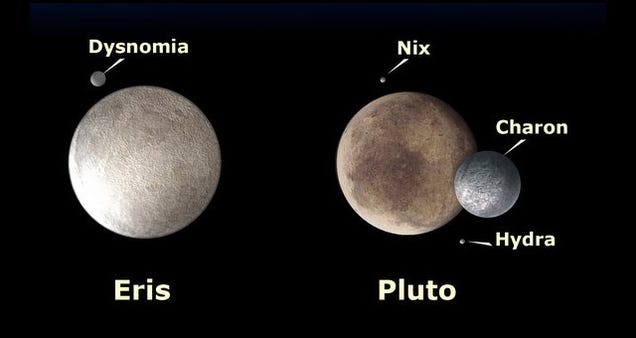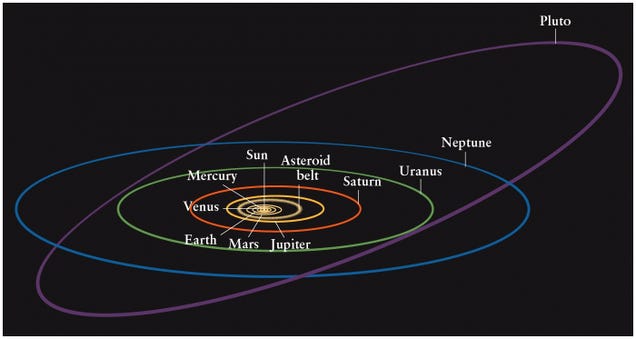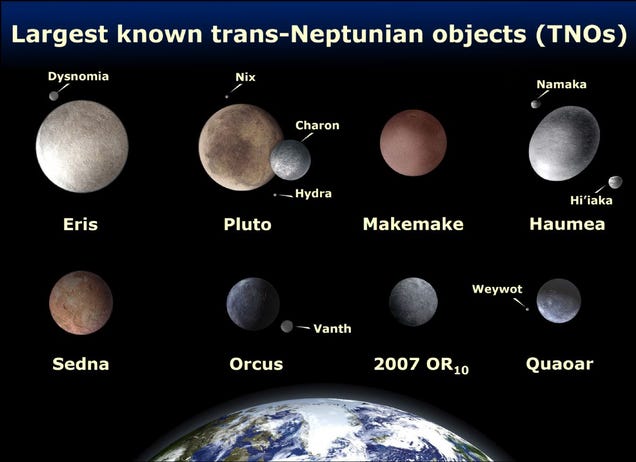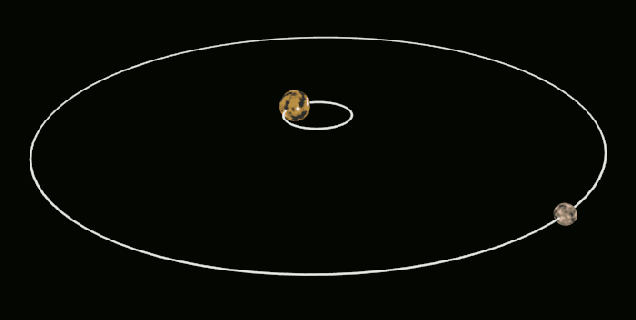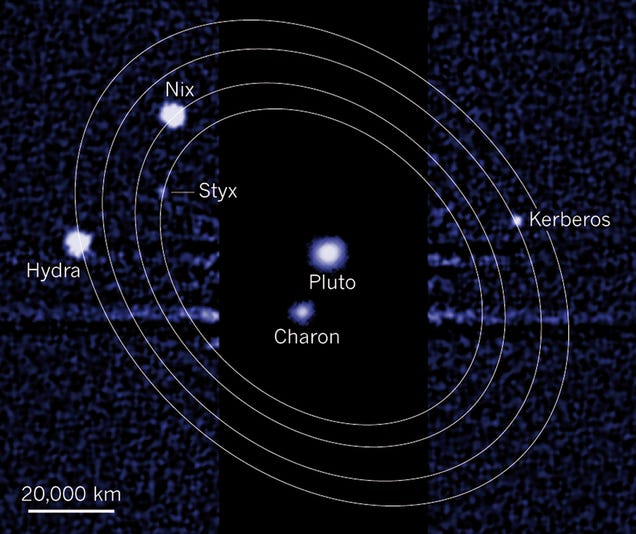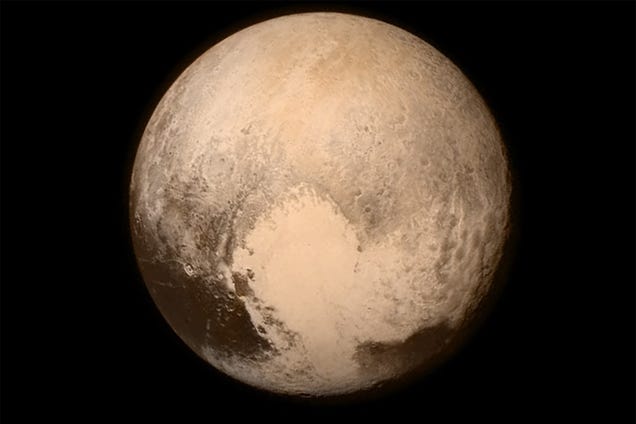- 14,244
- 5,474
- Joined
- Aug 23, 2007
word...it all could've went sour if they got pulled in...it's absolutely amazing...pretty disappointed in the lack of pictures so far...but i have to be patient...
there was a mars orb which was loss in the 90's because the engineers incorrectly converted from english to the metric system lol




